This is to continue (and, I hope: to conclude) my analysis of the latest in air/missile warfare between Russia and Ukraine (and thus not only the ‘Part 1’ of this feature, but also the story of ‘SAM-corridors’…. because, yes, I’m a bit autistic and a weirdo like that ‘Accountant’ from the similarly-titled Hollywood movie: I’ve got to ‘complete things’, understand them thoroughly, explain them to myself and those curious to listen - or my mind can’t find peace…)
***
The massive Russian air strikes on Ukrainian energy supply (including the network of gas-pipelines) of the last few days, were – at least partially – overshadowed by few… ‘spectacular’ Ukrainian UAV-strikes on the Russian oil/gas industry.
The 22-August-strike on the Federal POL-depot in Proletarsk – which ruined most of between 8 and 10% of the Russian fuel and lubricant reserves with two blows, and which caused such a conflagration that this is still burning, eight days later – did not remain the only such operation of the last few days. On the contrary.
As mentioned earlier, already during the big Russian strike of 26 August, the Ukrainians returned the favour by striking the Gazpromneft-ONPZ, outside Omsk: the biggest oil refinery in the Russian Federation. Result: the AVT-11 primary oil-refining unit is out of commission for a few months. Around the same time, the Ukrainians also hit the Engels-2 Air Base, too.
Then, during the night from 27 to 28 August, several Ukrainian UAVs have hit the Atlas POL-dump in Astakhov (another one belonging to the Federal Agency for State Reserves), in the Rostov Region. This facility was hit already some 25 days earlier, but now the damage caused is much more massive. Indeed, the fires were not out as of this morning.
Finally, early on 28 August, at least two Ukrainian UAVs hit the Vyatka POL-dump in Kotelnich, in the Kirov Oblast. The locals reported four explosions and that two tanks were set afire: the last night, another of tanks blew up:
***
….and that’s just the ‘air/missile war at strategic level’. Now for the ‘operational & tactical levels’, where there are quite a lots of news, too.
For example, gauging by what one can track in the social media, the Russian Air-Space Force (VKS) is in the process of re-organising quite some of its air defences. For example, around 21-22 August, and except for bringing the Buk M3-equipped 5th Anti-Aircraft Missile Brigade to the Glushovsky District, the VKS also deployed one S-300P or S-400 SAM-system to the Kursk area:
On 27 August, this was followed by another S-300P or S-400 SAM-systems, brought into the same area:
Moreover, there are reports about the re-deployment of (perhaps the ‘last’?) S-300/400 SAM-system from western or central Crimea to the area of the Kerch Strait. Indeed: some think this SAM-system is going to be re-deployed to somewhere in the Rostov area… which sounds logical, especially considering what is to follow. However, and ‘up front’: I have my doubts about validity of such conclusions. Me thinks: this system is going to the Kerch area, and some other system is going to be brought to the Rostov area, ‘instead’.
Why that?
My impression is that ‘instead’ of trying to continue building-up point defences around most important urban areas and installations in the rear (which is what the PSU is doing in Ukraine and, hand-on-heart: is actually impossible to do properly in all of Russia, because the country is far too huge), the Russians are now re-deploying their long-range SAM-systems in attempt of creating something like a ‘multi-layered SAM wall’ along the border to Ukraine. Essentially, something like this:
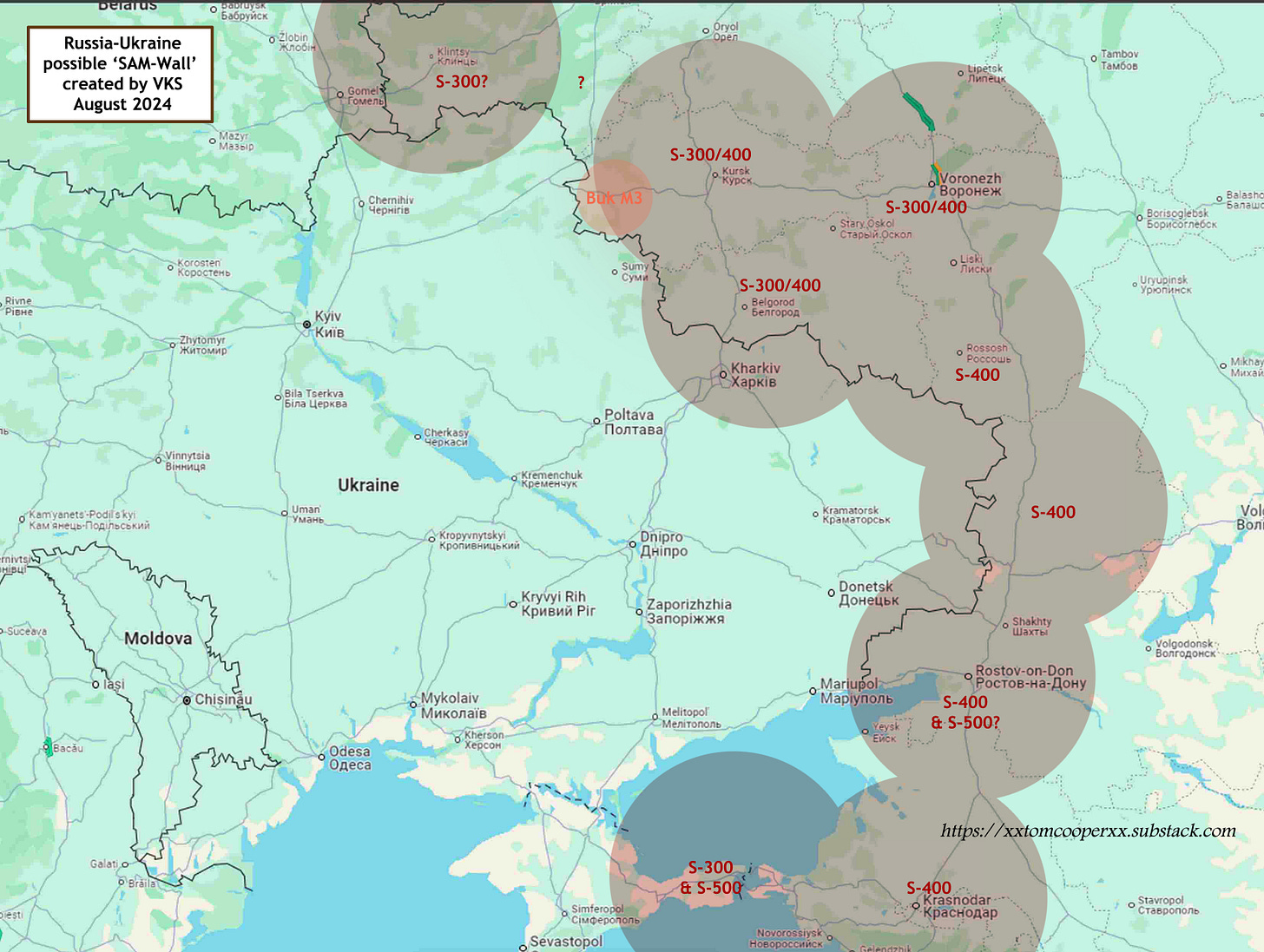
Just like the VSRF is ‘lining up’ its units around the Ukrainian penetration into Kursk, the VKS is now going to line up its SAM-systems all the way from Kintsy, via Bryansk, down to Kursk, then to Belgorod, Voronezh, via Boguchar to Rostov, and then down to Krasnodar and Novorossiysk.
Why that?
Because, this is making so many things so much easier for the Russians.
So far, the VKS was trying to run ‘point defence’: it relied on deploying Pantsyrs and Tors near the areas it was ordered to protect (regardless if deploying pre-series/exhibition samples of the Pantsyr S-1M for protection of the Kerch Bridge, for example, or in and around important facilities in the Moscow area). This is simply along its doctrine and tactics: there’s no point in ‘protecting an area where there are no own troops or other important objects to defend’.
This has proven ineffective: it left the mass of Ukrainian long-range UAVs enter the Russian airspace, and then fly wherever they wanted to fly. Including around targets deep inside Russia, to attack them ‘from the back’ - i.e. from the East. Fact is, there are too many facilities and installations in Russia to defend that way, and there is too much airspace do defend with (relatively) ‘little’ of what is on hand; there was too much opportunity for the ZSU to create ‘SAM corridors’.
Instead, the idea would be to operate pro-actively: by creating that multi-layered SAM-wall along the border (multi-layered means that this is not only including S-300/400/500 SAM-systems, but also Buks and others) - the VKS can detect, track, and shoot down incoming Ukrainian UAVs already as these are crossing the border from Ukraine to Russia: well before they can outmanoeuvre VKS’ air defences further to the rear and do any harm to facilities further east. Which fits the VKS better, too, because that way there are clear areas of responsibility for all of its involved units (because, mind that it’s certainly not only re-deploying its S-300/400/500 SAM-systems that way, but also a number of early warning/surveillance radars and other, shorter-ranged SAM-systems, too).
***
This is of importance for what’s going on in the air at the tactical level, too – and then especially in south-western Kursk: in the area hit by the Ukrainian attack.
Early during the offensive launched on 6 August, the ZSU came in with its own, mobile systems like Osa-AKMs and Tunguskas. These were supported by PSU’s SAM-systems, like one SA-3 deployed in Sumy, plus, probably, two MIM-23 HAWK SAM-systems, plus (further to the rear) one of Ukrainian S-300s.
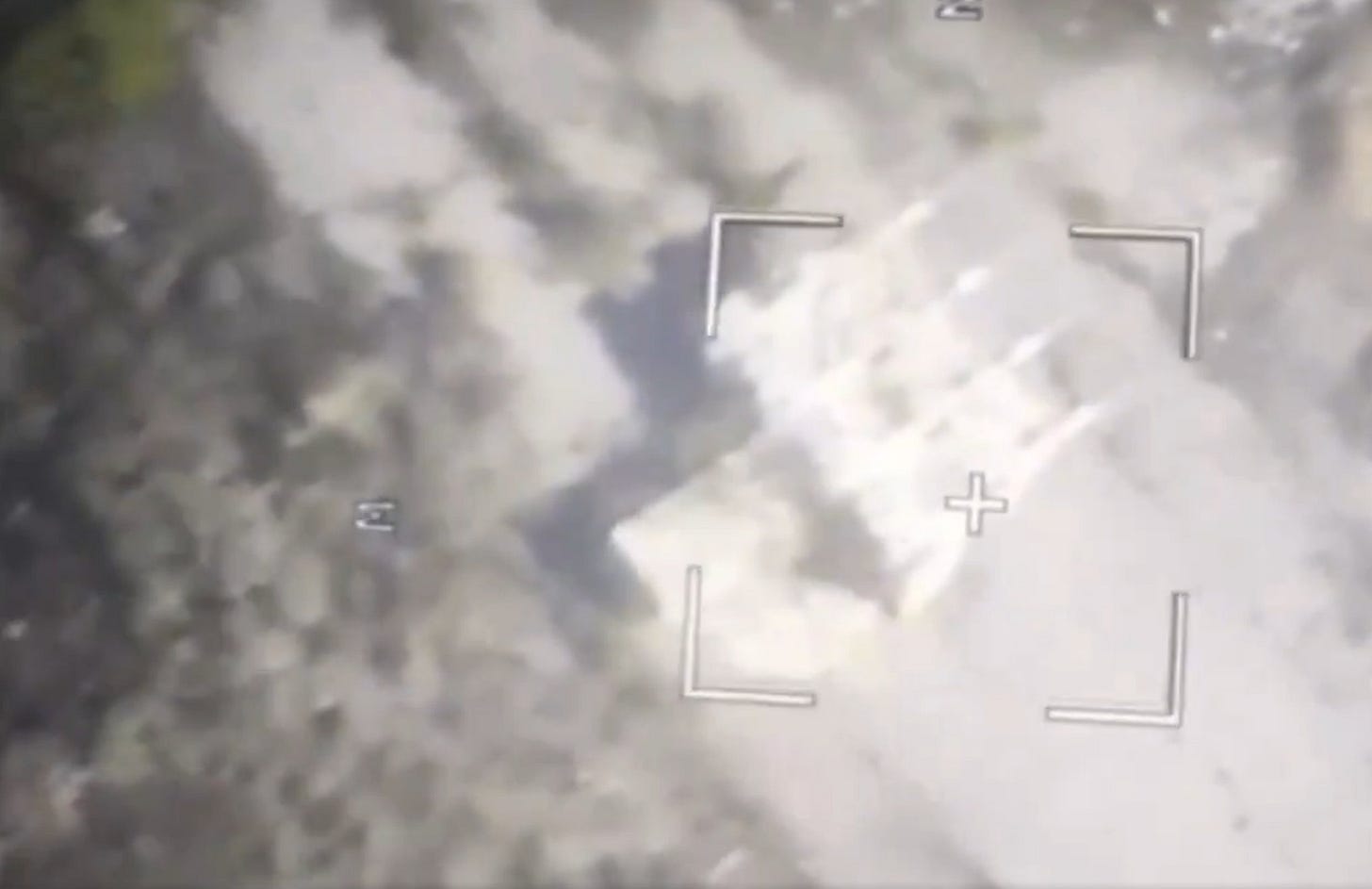
In combination with MANPADs, and in a matter of the first 24 hours, the Ukrainian air defences have shot down at least one Su-25 plus a K-52. FPVs then also shot down a Mi-8. In the light of this, VKS cased flying close air support within the combat zone.
As next, MiG-29s and Su-27s of the PSU flew interdiction strikes: using PGMs like GBU-39 small diameter bomb (SDB) and GBU-62s, they began targeting Russian headquarters, major fortifications, and then pontoon bridges. Sure, on 12 August one of involved MiG-29s was shot down (the Russians say: by MiG-31), but in grand total: the Russian air defences proved insufficient. Therefore, over the last two weeks the GRU and VSRF began deploying electronic warfare systems and then the above-mentioned SAM-units equipped with Buk M3s and S-300s.
The effect seems to be that the PSU stopped flying air strikes: instead, the Russian pontoon bridges on the Seym, for example, were targeted by M142 HIMARS and M270 MLRS. The Russians reacted to this by deploying their reconnaissance UAVs to find the launchers – and, indeed: the Keystone Cops in Moscow claimed some 5-6 of these as destroyed (partially by Iskander-Ms, partially by BM-30s).
In reaction to which the Ukrainians began hunting UAVs by helicopters of their army aviation, by modified Strela-10/SA-13s, and by their FPVs - in turn causing Russians to cry about losses of their reconnaissance UAVs - and with hunting Russian electronic warfare systems by their FPVs and other means, which then resulted in, between others, scenes of the following kind (released on 26 and 27 August):
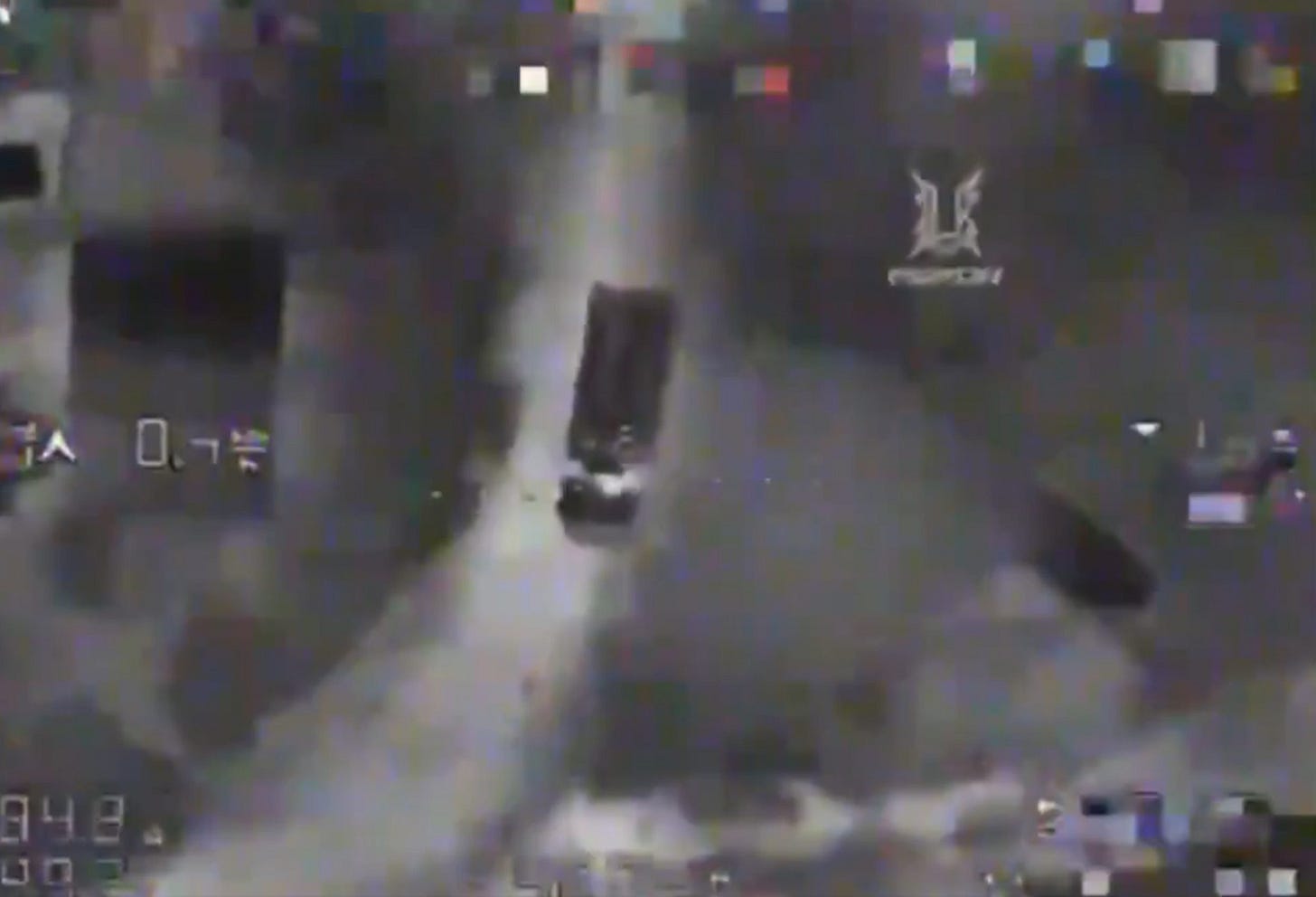
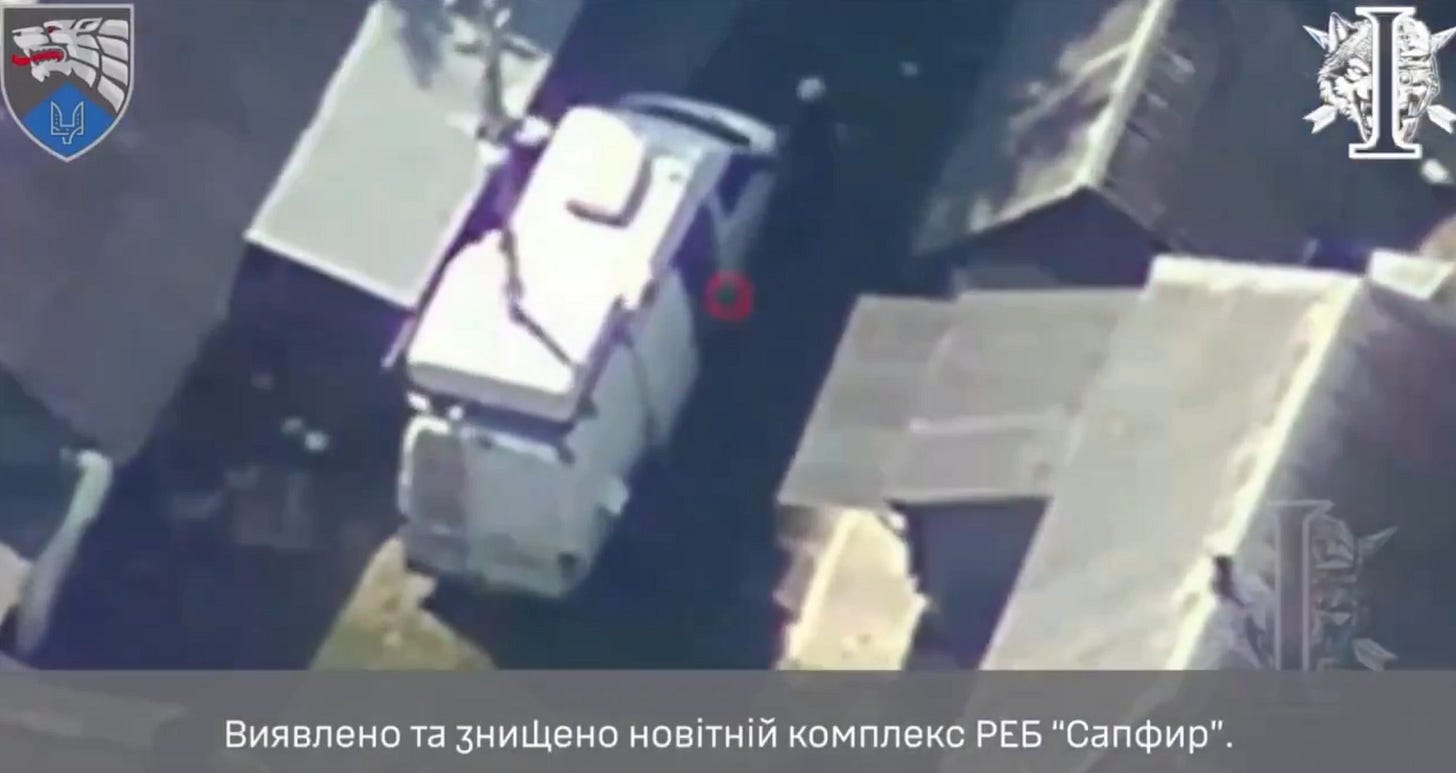
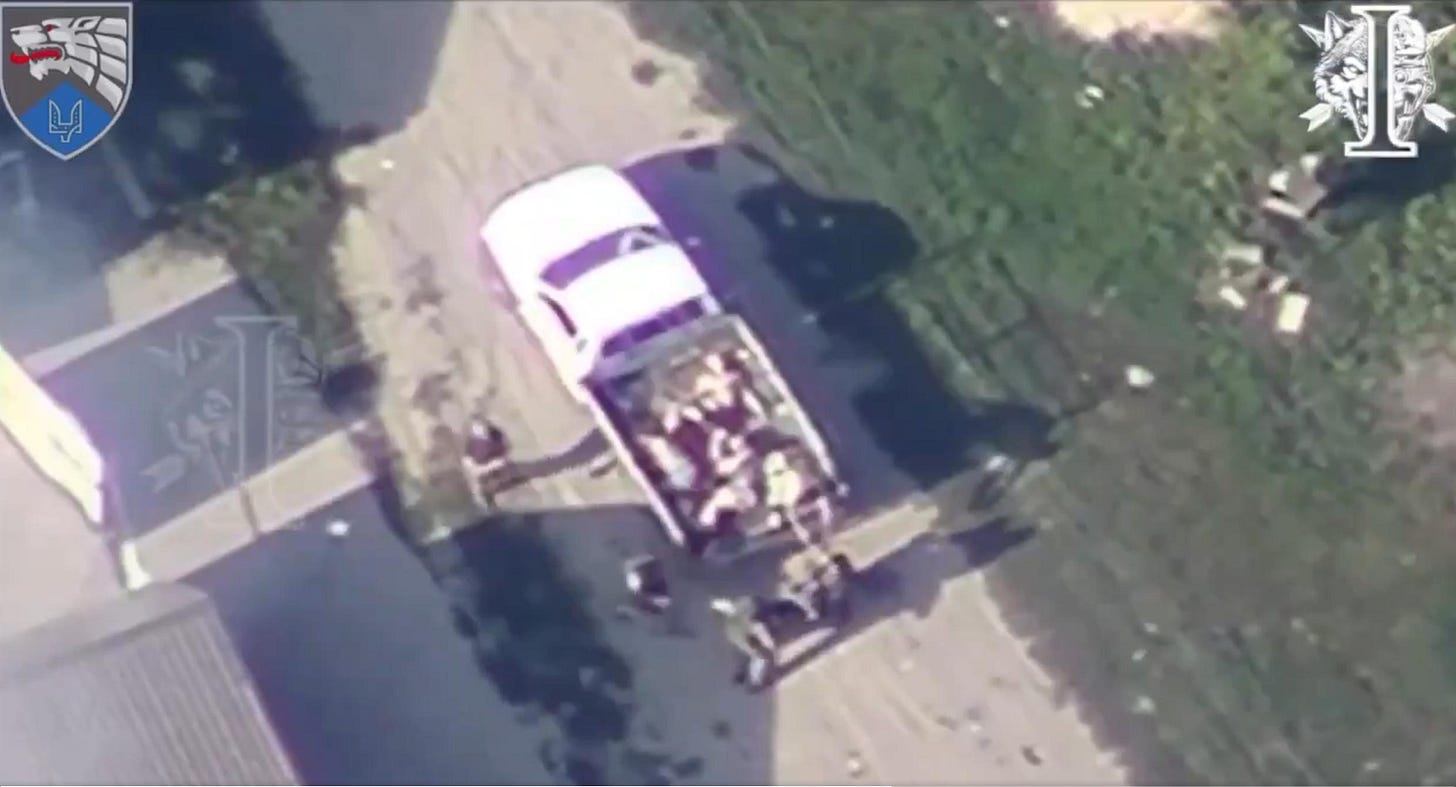
In grand total, though, one must expect the Russian S-300/400s deployed in the Kursk area to make the job for Ukrainian army aviation’s helicopter-crews extremely dangerous – because, and for example, any S-400 system deployed in the Kursk area should have the range almost all the way to Sumy (city).
…which is why it’s really a big problem that the deployment of ATACMS against targets within Russia remains prohibited by the ‘Trio Fantasticus’ in Washington: theoretically at least, these could smash the S-400, but that’s not going to happen any time soon…

Considering this fact, plus the – actual – success of the two Russian big strikes on the Ukrainian power supply network, on 26 and 27 August… well, no surprise Zelensky demanded an urgent meeting of the NATO-Ukraine Council. Where, of course, one must expect half of the Western alliance to ‘teach him’ how upset is the West about his attack into Kursk…
***
While we’Re ‘on the lighter side’….
When Russian Shahed attack UAVs venture into the Polish and/or Romanian airspace…nothing happens.
NATO is ‘talking about’ such affairs, and ‘protesting’…
For comparison, the Belarusians have shot down one of two known to have entered its airspace on 26 August… i.e. they did something NATO, so far, ‘didn’t dare’?
***
(…to be continued… because I’ve still got to cover the latest in regards of the ground warfare, too…)




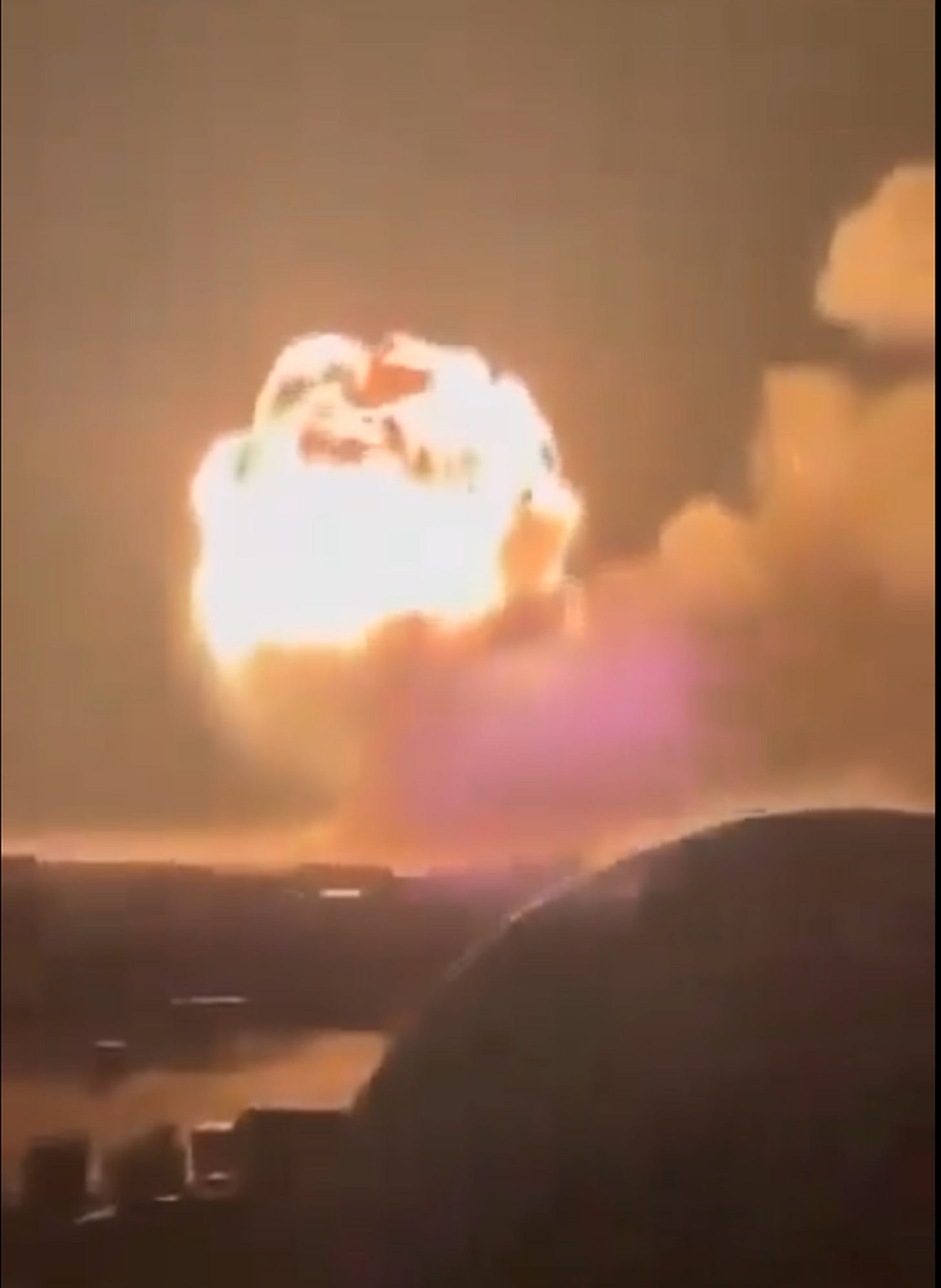
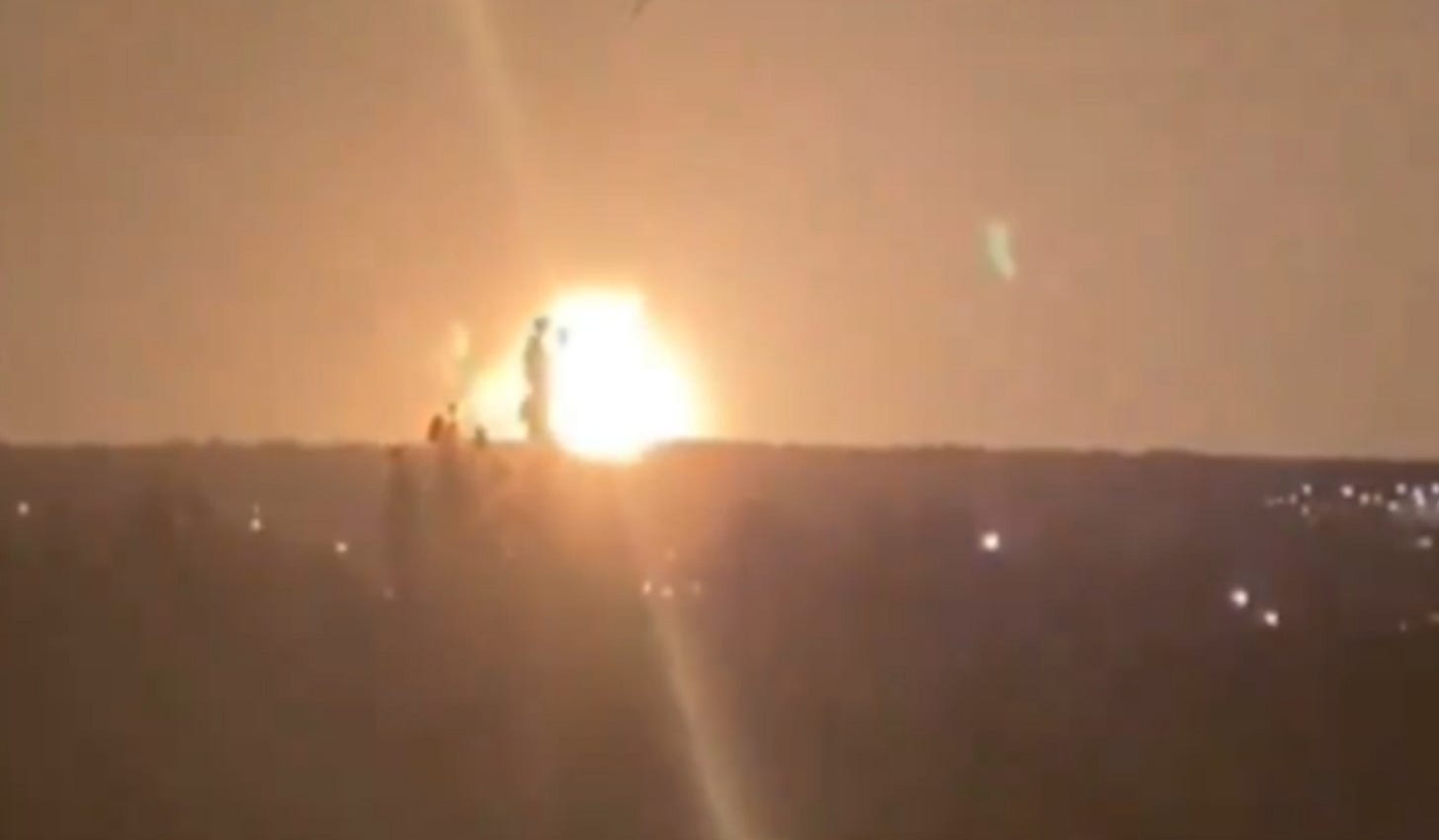

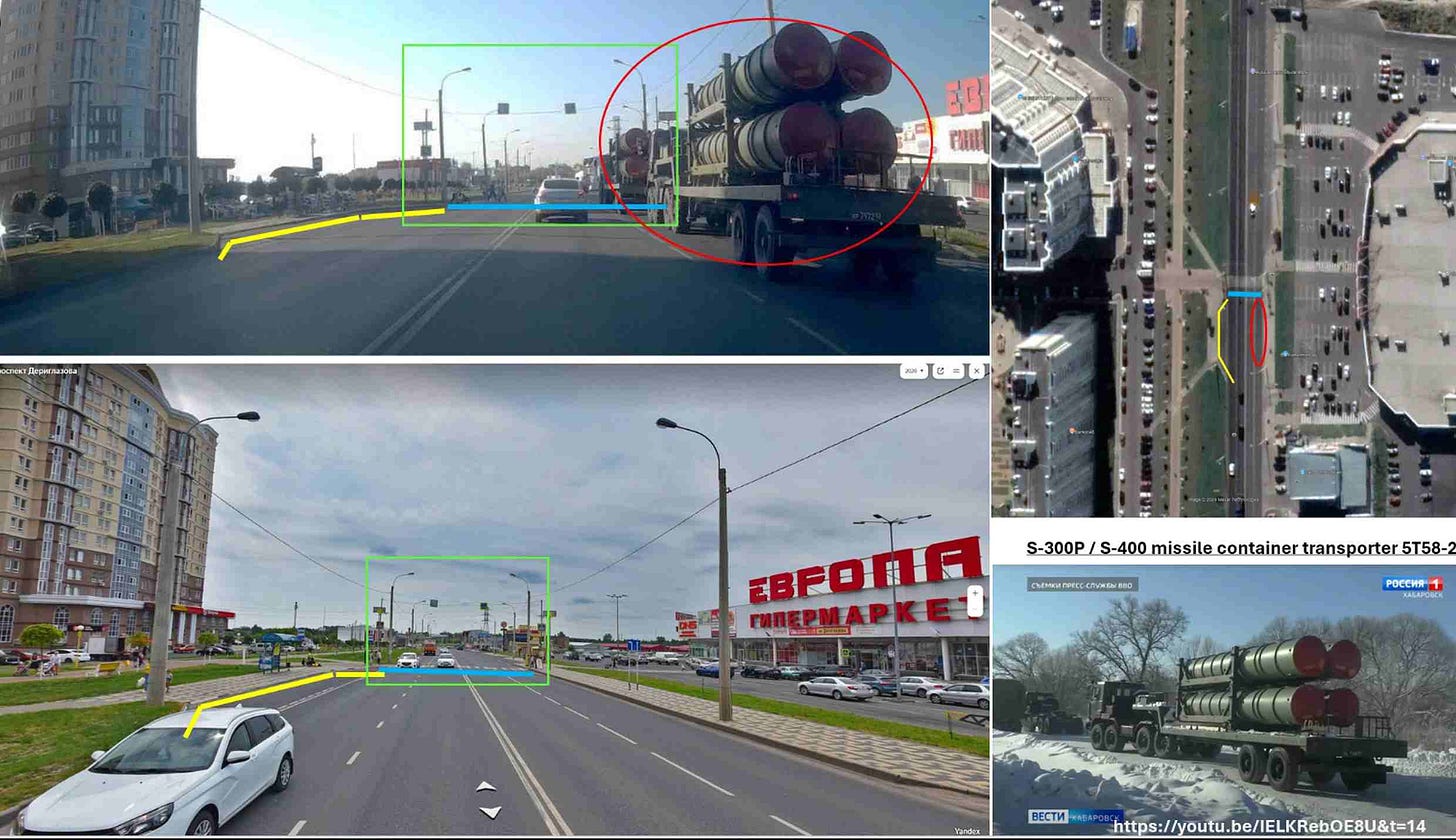


"We'll build a big beautiful SAM wall!" Which Ukraine will help demolish perhaps 👍
Nice idea that comes with one big problem. Once you're through the SAM wall, you've free rein. I can see russian SAM operators in one particular area getting overwhelmed with UAV's then a large swarm maraudering across Russia to do some serious damage. Let's see.
Good reporting again 👍
What a joke NATO is in this war... Its so disappointing and depressing. By now we should have Kerch bridge non-operational, NATO air force helping defending UA airspace and ATACAMS smashing Russian military airfields - but we get the Tri Fantasticus making dumb mistakes and wrong choices after another, thus bleeding UA. Get your shit together West, you are repeating 1939 mistakes.